Retro Replay Review
Gameplay
Pedro’s gameplay loop centers on resourceful strategizing and quick reflexes, as you work to defend your prized flower gardens from an onslaught of hungry critters. Each level presents an intricate network of pathways, forcing you to plan blockade placements carefully. Since blockades require multiple trips to complete, timing your routes becomes crucial; risk leaving a gap unblocked for too long, and watch a wave of animals dash through to your blooms.
Beyond building barriers, Pedro can directly confront smaller pests by stomping on them, adding a light action element to the puzzle-based design. This duality of play—setting traps versus active engagement—keeps the experience fresh and varied. You’ll often find yourself juggling between the methodical pace of blockade construction and the sudden burst of action as you squash critters before they reach your petals.
Resource management plays a heavy role: every flower eaten forces you to plant a seed, then wait for it to sprout. Seeds are a finite commodity, and the Tramp character constantly prowls the garden edges, hoping to swipe your stock. This creates a constant undercurrent of tension—should you dash out to complete your barrier, or stand guard to protect your seeds?
The game’s 3D forced perspective, while purely 2D in terms of movement, enhances spatial awareness without overcomplicating controls. You’ll slide Pedro left, right, up, and down on a grid that visually “pops,” making it easier to spot incoming enemies and potential choke points. Overall, the gameplay strikes a solid balance between puzzle strategy and light arcade action, ensuring each level feels both challenging and rewarding.
Graphics
Pedro’s visual style captures the vibrant spirit of Mexican flora with a warm, saturated color palette. Flowerbeds burst with reds, yellows, and purples, while the foliage around the paths feels lush and alive. The forced-perspective camera adds depth, letting you admire the garden’s layers without sacrificing the clarity of the 2D plane you actually move on.
Character designs are equally charming: Pedro himself is a stubby, mustachioed hero with exaggerated stomp animations that punctuate every successful squish. The animals range from scurrying rodents to lumbering boars, each sporting a playful, cartoonish flair. Even the Tramp looks more mischievous than menacing, ensuring the tone stays lighthearted.
Animations are smooth and snappy, especially when blockades go up in segments or when flowers regrow from newly planted seeds. There’s a satisfying visual payoff to each action, whether it’s a quick stomp or the dramatic flourish of a fully constructed barrier. Particle effects—like dust puffs and seedling sprouts—add polish without overwhelming the screen.
Performance remains rock solid, even when dozens of critters converge on a single choke point. Load times between stages are minimal, and the game runs at a consistent frame rate on all supported platforms. All told, Pedro’s graphics serve its gameplay brilliantly, making every moment both functional and visually appealing.
Story
Pedro’s narrative is simple but effective: a humble gardener whose world-famous flower gardens have become a beehive of trouble when word reached the local wildlife. The premise instantly sets the stakes—beautiful petals on the brink of ruin—and casts you as the underdog hero defending his livelihood.
While the storyline doesn’t rely on lengthy cutscenes, brief interludes introduce new challenges and characters nicely. You learn about the Tramp’s sneaky seed-stealing antics, the exotic new pests drawn to rarer blooms, and the occasional power-up that helps Pedro fight back. These bite-sized story beats keep motivation high without bogging down the action.
Characterization is lean but memorable. Pedro’s earnest determination and mild exasperation at each new wave of invaders give him instant personality. The animals, though largely faceless, express themselves through amusing sound effects and animated behavior—squeaks and grunts that underscore the urgency of your task.
The garden setting itself feels alive, from morning dew shimmering on petals to evening hues casting long shadows across hedges. This subtle world-building deepens immersion, making you care about each flowerbed and root for Pedro as he scrambles to save his seeds. In short, the story may be modest, but it provides enough heart and charm to keep you invested from start to finish.
Overall Experience
Pedro delivers an engaging blend of puzzle strategy and light arcade action, wrapped in a colorful, well-animated package. The core mechanics—blockade building, stomping pests, and seed planting—interlock seamlessly, creating a steady rhythm of planning, execution, and quick reactions. You’ll find yourself smiling at each clever blockade placement and inwardly groaning when a stray path lets a boar slip through.
The balance of challenge and accessibility is spot on. Early levels guide you gently through the basics, while later stages ramp up complexity by introducing new enemy types, tighter pathways, and trickier seed-protection scenarios. Yet Pedro never feels unfair; any failure always comes from your own split-second decision-making, which in turn encourages you to retry and improve.
Replay value is high thanks to optional speed-run objectives and a growing roster of unlockable garden themes. Whether you’re racing the clock or striving for a no-seeds-lost perfect run, there’s ample incentive to revisit previously conquered maps. Multiplayer modes or leaderboards would have been a nice addition, but even in single-player mode, Pedro’s layers of strategy offer plenty of long-term engagement.
If you’re a fan of puzzle-driven action with a whimsical aesthetic, Pedro is an excellent pick. It strikes an appealing balance between casual fun and tactical depth, making it accessible for newcomers while still rewarding seasoned players. Overall, Pedro’s garden defense adventure blossoms into a thoroughly enjoyable experience that’s well worth your time.
 Retro Replay Retro Replay gaming reviews, news, emulation, geek stuff and more!
Retro Replay Retro Replay gaming reviews, news, emulation, geek stuff and more!
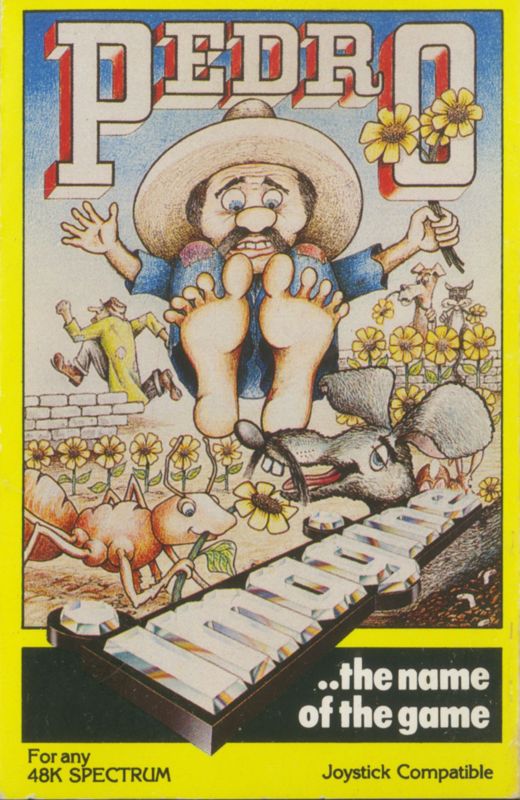
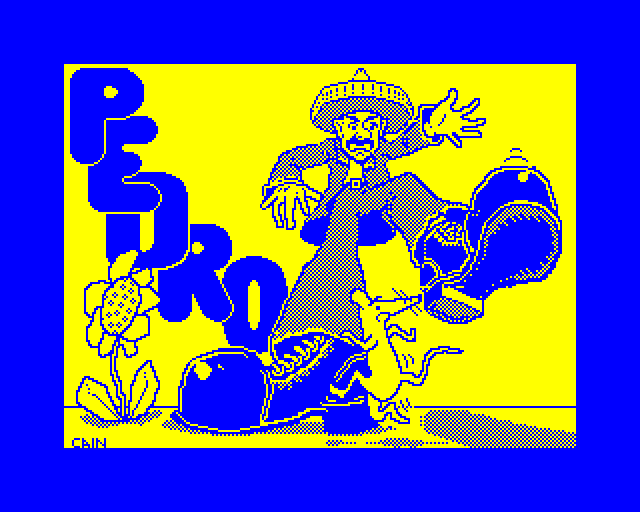
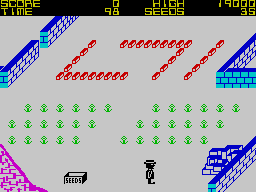
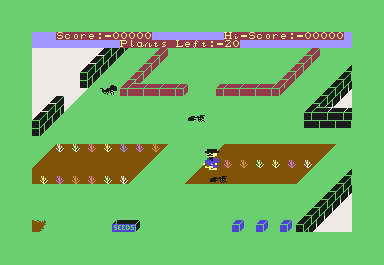
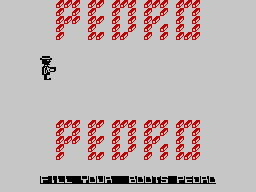
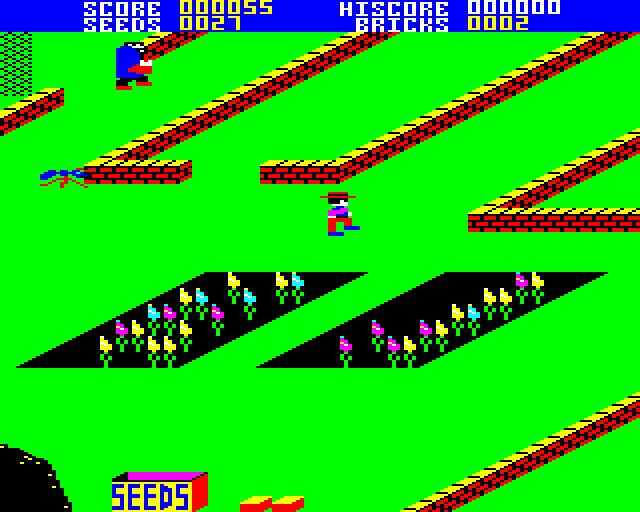
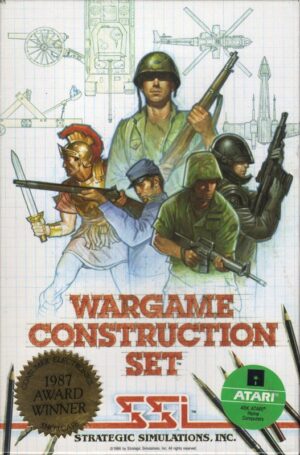


Reviews
There are no reviews yet.